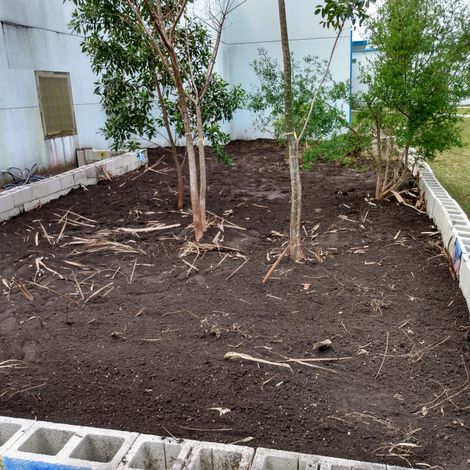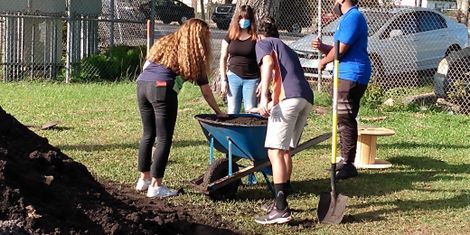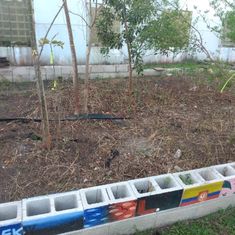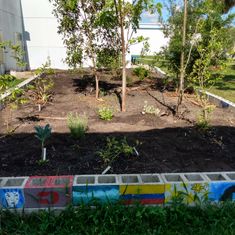The Food Forest Initiative: Growing Beyond




The Food Forest Initiative is a project that focuses on creating Food Forests in low income and educational areas to provide a sustainable source of nutrition and education to students. A Food Forest, also known as a “Forest Garden”, is a diverse planting method used to incorporate biodiversity into agriculture. Fruit bearing trees and edible vegetation is planted to mimic ecosystems and patterns found in nature. This encourages biodiversity, pollination, and carbon sequestration. The variety of plants each require different amounts of nutrients, and different sun, shade, and water conditions, which leads to an interdependence between species and lessens the need for fertilizers and other harmful substances. Food Forests consist of 7 layers: Canopy, Sub canopy, Shrub, Herbs, Groundcover, Roots, and Vines. This project is meant to foster an interest in botany, zoology, agriculture, and sustainability in youth. Teachers can use the food forest to teach about sustainability, nutrition, pollination, life cycles, wildlife, and much more. Youth will benefit from immersive, hands-on interactions with the outdoors and agriculture and will have a steady source of produce and nutrition that will last for years. The older a food forest grows, the more established and hardy it becomes. Wildlife and pollinators will also benefit from the variety of habitat and food provided.